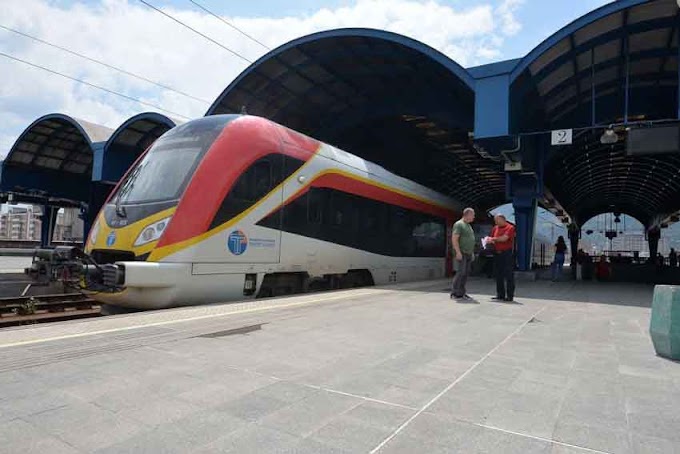 Events that could attract up to 9,000 people in the auditorium will be possible to organize once the ancient theater in Skupi is fully reconstructed, Telegraf.mk has learnt.
Events that could attract up to 9,000 people in the auditorium will be possible to organize once the ancient theater in Skupi is fully reconstructed, Telegraf.mk has learnt.
After the archeological research on the Skupi site, which is considered one of the biggest antic towns on Macedonian territory, a Roman colony and the capital of the province of Upper Moesia, the conservation phase will follow, which will cover the theater building and a complete reconstruction of the auditorium.
The material that will be used for the reconstruction is travertine, which was also used when the theater was originally built. Two original seats have been preserved and the ideal reconstruction of the auditorium will be carried out in line with their model.
According to the director of the Cultural Heritage Protection Office, Viktor Lilcic Adams, there are four known ancient theaters discovered in Macedonia so far.
"The theater in Skupi was the biggest one among them. According to remains on fragments and its elements, the quality marble architectonic decorations were discovered in the ruins of this theater, and it was concluded that the stage edifice was ornamented by leading artists who came from the city of Rome," he told the news portal.
 The ancient town of Skupi is in fact the most attractive archeological site in the northern part of the Vardar or the European freeway through the Republic of Macedonia.
The ancient town of Skupi is in fact the most attractive archeological site in the northern part of the Vardar or the European freeway through the Republic of Macedonia.
"Several representative palaces, baths, two early Christian basilicas, several thousands of graves in the frames of the two necropolises were discovered so far. The largest part of the town is still waiting for the hardworking hands of the archeologists. But, great discoveries at Skupi are yet to be unearthed and it is already obvious that the ancient urban agglomeration extending on a 44-hectare surface represents the most attractive ancient checkpoint in terms of civilization contents in the northern part of Macedonia," Lilcic Adams explained.
According to the head of the research and professor at the History of Art and Archaeology department with the Faculty of Philosophy in Skopje, Dr. Antonio Jakimovski PhD, the theater was built in the first quarter of the second century A.D., and was most likely put to use in 125, during the visit of the Roman Emperor Hadrian. The theater was used for more than 250 years, until it was closed somewhere by the end of the fourth century, probably due to the edicts issued by Emperor Theodosius, who proclaimed Christianity as the sole religion.
 "Many movable artefacts were excavated during the research, around 3,000 bronze coins, jewelry, pottery and everyday items. However, the several horizons of living and burial rituals we've discovered are much more important for us, meaning the theater space was used long after the theater was out of work. First of all, several graves have been dig into the cliff and we presume they are linked to the cult of the martyrs," Jakimovski pointed.
"Many movable artefacts were excavated during the research, around 3,000 bronze coins, jewelry, pottery and everyday items. However, the several horizons of living and burial rituals we've discovered are much more important for us, meaning the theater space was used long after the theater was out of work. First of all, several graves have been dig into the cliff and we presume they are linked to the cult of the martyrs," Jakimovski pointed.
He added that two living horizons from the late antic period were also discovered.
"The two horizons date back from the 5th and the 6th centuries, above which is the necropolis, where we've researched around 70 graves and a settlement from the Middle Ages, most likely from the 10th or the 11th century. During this period, the theater was intensively decomposed, and the material that was taken out of it was reused for the construction of other edifices," Jakimovski said.
The conservation of the theater stage will soon commence, and currently the conservation, restoration and reconstruction project of the auditorium is ongoing.
"According to the analyses on the type of the stone, the reconstruction will be carried out with travertine, a material that was originally used for the construction of the theater. According to the two seats that are unique ones preserved, an ideal reconstruction of the theater's auditorium will be conducted. According to the size, the theater will fit around 9,000 visitors," Jakimovski added.
"The project on the research, conservation and reconstruction in Macedonia is a government project. Of course the theater will be put to public use, whereas events of public interest in the sphere of culture will be held in this building and the remaining three theaters," Lilcic confirmed.








